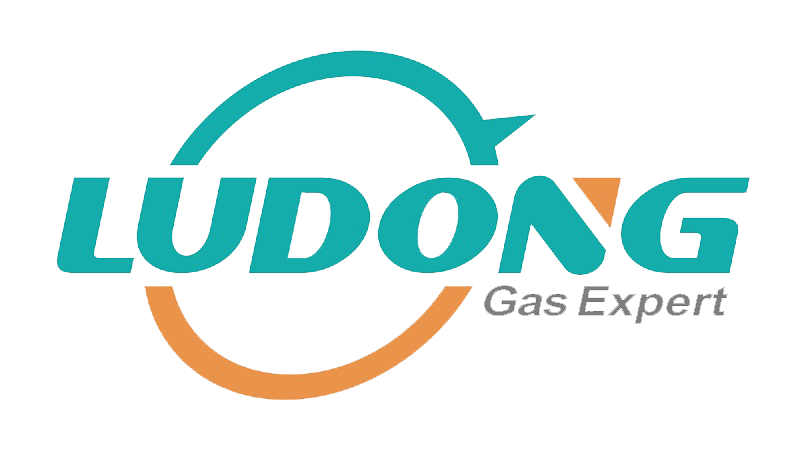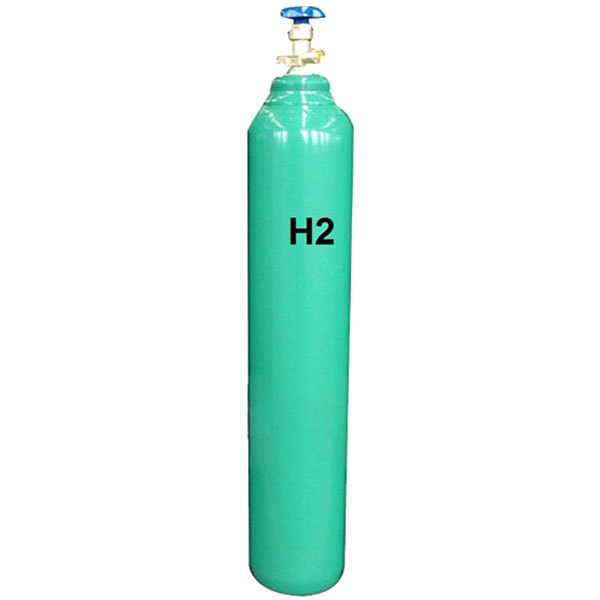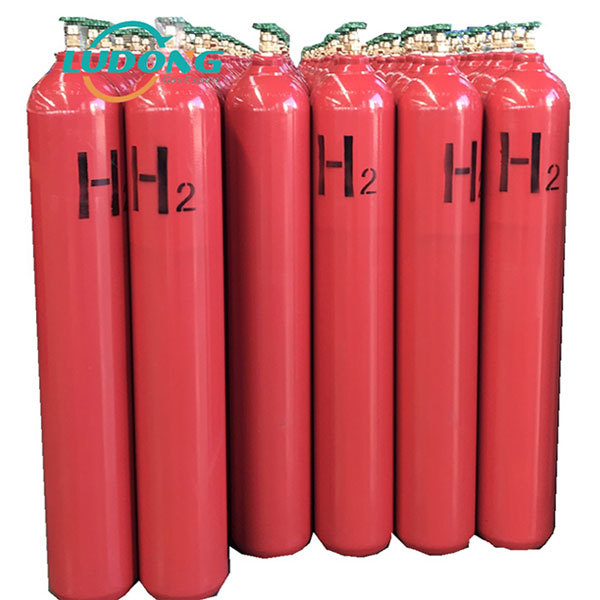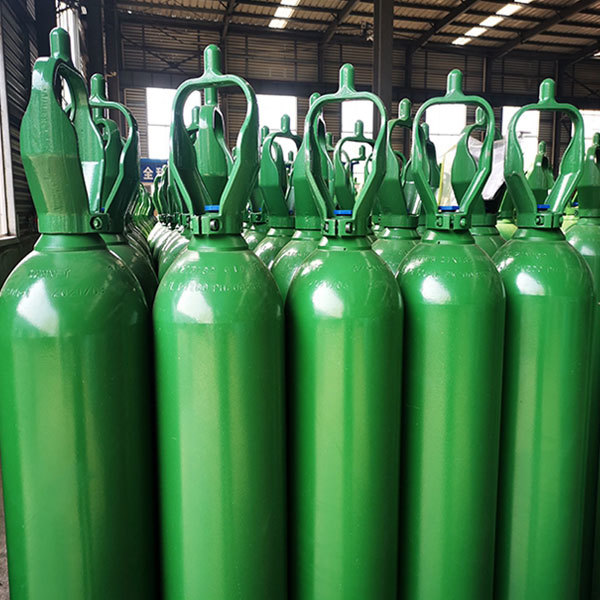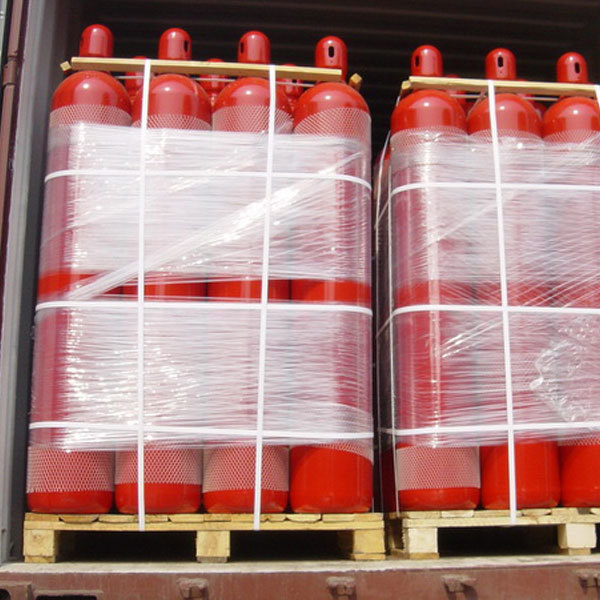CLASSIFICATION
H2-Hydrogen
Keywords:
Category:
High Purity Gas

Hotline:
H2-Hydrogen
Hydrogen is a colourless, odourless, non-toxic gas that bonds easily with other elements. It is not found naturally in its pure form so it needs to be separated from these other elements to be usable in applications such as transport, energy storage, heating, electricity generation and industrial processes. Hydrogen is the most abundant chemical substance in the universe, making up almost 75% of all matter.
Hydrogen (H2) Applications and Uses:
Metals:
Hydrogen is mixed with inert gases to obtain a reducing atmosphere, which is required for many applications in the metallurgical industry, such as heat treating steel and welding. It is often used in annealing stainless steel alloys, magnetic steel alloys, sintering and copper brazing.
Hydrogen can be produced by dissociation of ammonia at about 1800˚F with the aid of a catalyst - which results in a mix of 75% hydrogen and 25% mononuclear nitrogen (N rather than N2). The mix is used as a protective atmosphere for applications such as brazing or bright annealing.
Chemicals, Pharmaceuticals and Petroleum:
Hydrogen is used in large quantities as a raw material in the chemical synthesis of ammonia, methanol, hydrogen peroxide, polymers, and solvents.
In refineries, it is used to remove the sulfur that contained in crude oil. Hydrogen is catalytically combined with various intermediate processing streams and is used, in conjunction with catalytic cracking operations, to convert heavy and unsaturated compounds to lighter and more stable compounds.
The pharmaceutical industry uses hydrogen to manufacture vitamins and other pharmaceutical products.
Large quantities of hydrogen are used to purify gases (e.g. argon) that contain trace amounts of oxygen, using catalytic combination of the oxygen and hydrogen followed by removal of the resulting water.
Glass and Ceramics:
In float glass manufacturing, hydrogen is required to prevent oxidation of the large tin bath.
Food and Beverages:
It is used to hydrogenate unsaturated fatty acids in animal and vegetable oils, producing solid fats for margarine and other food products.
Electronics:
Hydrogen is used as a carrier gas for such active trace elements as arsine and phospine, in the manufacture of semi-conducting layers in integrated circuits.
Miscellaneous:
Generators in large power plants are often cooled with hydrogen, since the gas processes high thermal conductivity and offers low friction resistance.
Liquid hydrogen is used as a rocket fuel.
Product Description
|
Product Name |
Hydrogen H2 |
|
Chemical Formula |
H2 |
|
Hazard Class |
2.1 |
|
Molecular Weight |
2.016 |
|
Boiling Point (℃) |
-252.76 |
|
CAS |
1333-74-0 |
|
Density(kg/m³) |
0.0852 |
Normal size of H2 gas cylinder
|
Size |
40L-150 |
50L-150 |
50L-200 |
|
Volume |
6M3 |
7.5M3 |
10M3 |
|
Outside Diameter |
219MM |
232MM |
232MM |
|
Height |
1333MM |
1420MM |
1420MM |
|
Weight |
47.8KG |
52KG |
52KG |
|
Working pressure |
150BAR |
150BAR |
200BAR |
|
Test pressure |
250BAR |
250BAR |
300BAR |
|
Material |
37Mn |
37Mn |
34CrMo4 |
|
Wall thickness |
5.7MM |
5.7MM |
5.7MM |
|
Standard |
ISO9809-3 |
ISO9809-3 |
ISO9809-1 |
Hydrogen Specification:(GB/T 3634.2-2011)
|
Items |
Specification |
||
|
pure |
HP |
UHP |
|
|
H2 /10-2 |
99.99 |
99.999 |
99.9999 |
|
O2 /10-6 |
5 |
1 |
0.2 |
|
Ar /10-6 |
As per |
As per |
|
|
N2 /10-6 |
60 |
5 |
0.4 |
|
CO /10-6 |
5 |
1 |
0.1 |
|
CO2 /10-6 |
5 |
1 |
0.1 |
|
CH4 /10-6 |
10 |
1 |
0.2 |
|
H2O /10-6 |
10 |
3 |
0.5 |
|
Total impurity contents/10-6 |
- |
10 |
1 |
RELATED PRODUCTS
MESSAGE BOARD
We can`t progress and develop without your support and trust. If you have any request or suggestion for our products or service, pls contact us.
